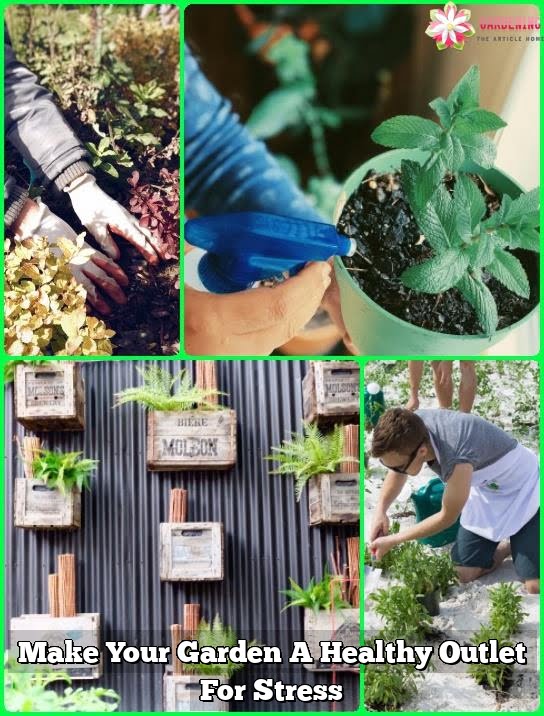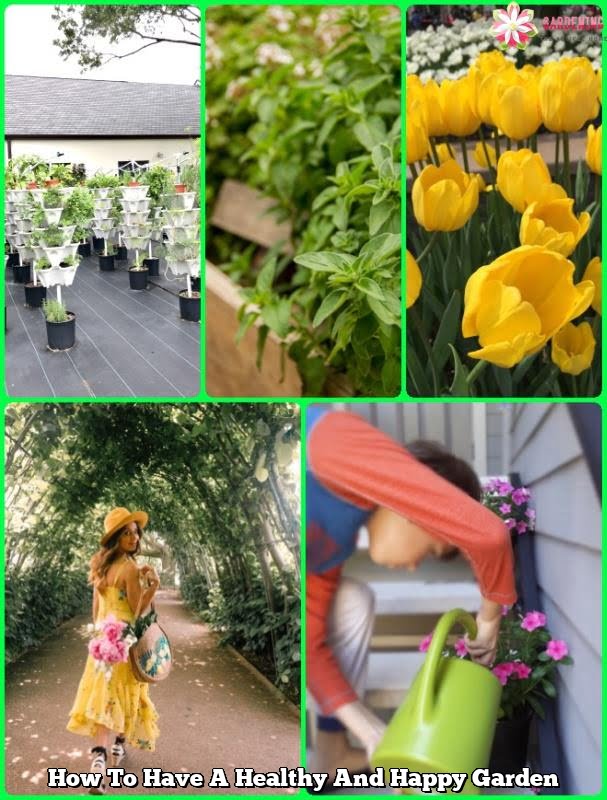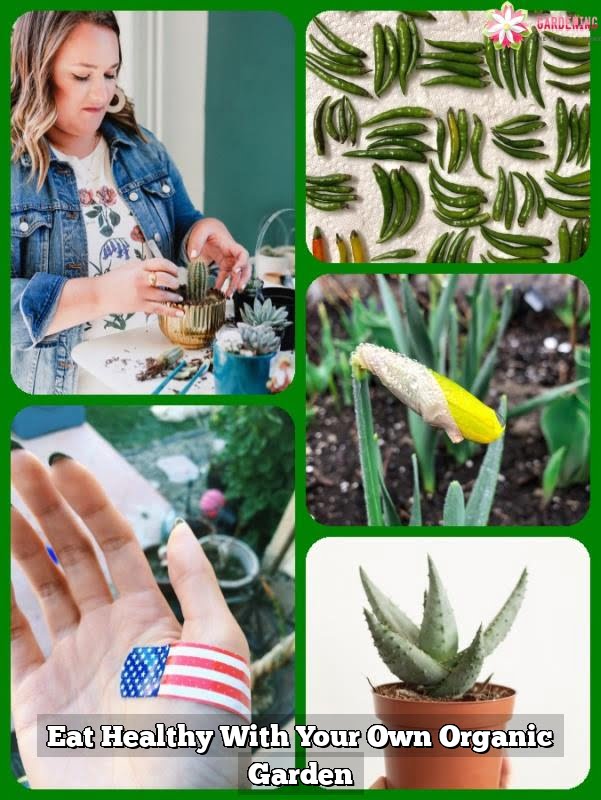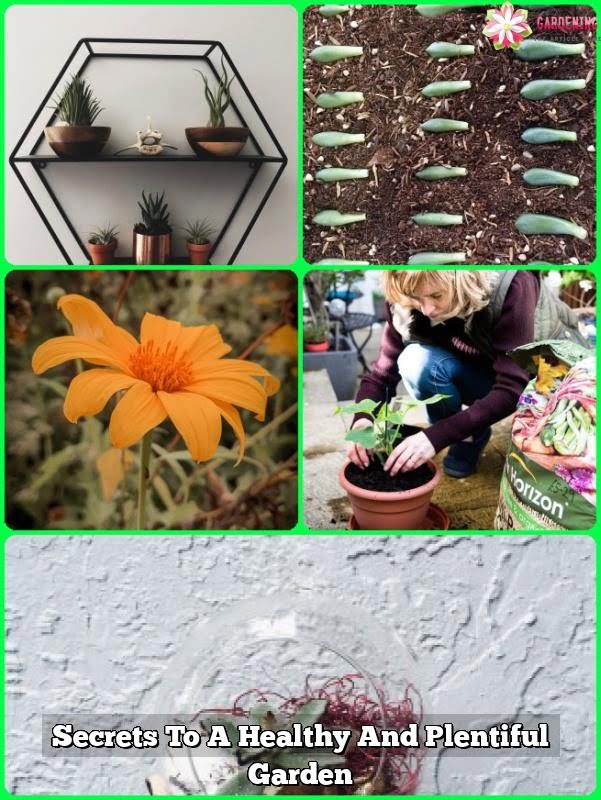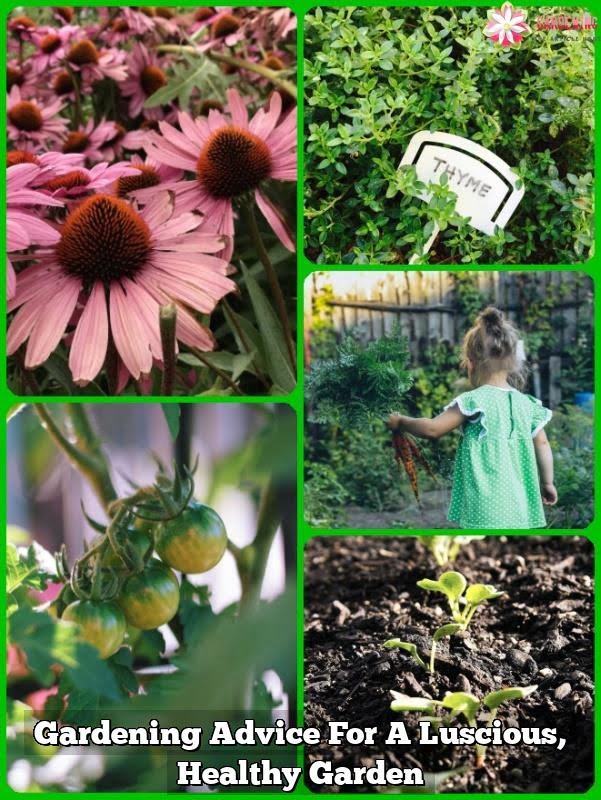Organic horticulture can be a great way to grow your own food at home and relaxing activity in which anyone can participate. But, if you’re just getting started, they may feel overwhelmed. How should a novice learn how to start out? Read this article, of course!
Your plants need to adapt and must be gradually introduced to changes of environment. Put them outdoors in the sun for a couple of hours during the very first day. Over a period of several days, gradually build up the amount of hours you leave the plants outside. After a few more days, the plants should be fine staying outside.
When you’re out and about in the garden, be watchful of stink bugs, particularly in the fall. They like fruits, beans, tomatoes and all kinds of fruit varieties. If they are left in the garden, the damage can be excessive, so remember to take protective measures to reduce the population of stink bugs there.
When fall is here, it’s time to plant your autumn vegetables. A pumpkin can become a festive container for kale and lettuce.Once you’ve cut its top and scooped the insides out, spray the inside and edges with Wilt-Pruf to keep the pumpkin from rotting.
Do not cut your lawn too short. If you let your grass keep some height after mowing, it will be able to absorb more sun and moisture resulting in a lusher, making the lawn stronger and more resistant to drying out. Short grass means short roots and turning brown.
Make sure to protect your deciduous shrubs from the elements. Tie together the tops, and cover the wigwam with a sheet or blanket draped loosely over it. This tactic is better than utilizing plastic, it will let the air flow.
Do you hate how fresh mint leaves without having to worry about them growing too quickly? You can stunt the growth of mint by placing them into a pot or super-sized bowl. The container will keep the roots from spreading throughout you garden, and it will still prevent the plant from dominating the garden.
Fertilizing your garden soil. Manure is an excellent fertilizer, although it’s vital to use commercially composted products in order to lessen the risk of a variety of pathogens.
Think about berry-producing evergreens to your landscaping. Some examples of evergreens that produce berries and color in the wintertime are the American Holly, Cranberrybush, the American Cranberrybush and the Common Snowberry.
Choose one plant to be the focal point of your garden. The best focal point should be a plant totally different from the others around it.
Plant ever-bearing strawberries for your children. Children love to snap up these sweet juicy fruits for themselves and will be more willing to eat other foods you’ve planted as well.
It is essential to keep your knees when you garden. Bending over from a standing position for excessive amounts of time can be difficult for many people. Kneeling is a preferred way to get to your plants without causing back stress. You can purchase an inexpensive kneeling pad for gardening in your knees.
If you have a cut on your hand, be careful about exposing it to soil or horticulture chemicals. A cut could get infected if it is exposed to dirt when gardening.
It also make your flower beds look more finished.
Grass Clippings
Your compost pile should contain green plants and dry plant materials.Green plant material consists of spent flowers, veggie and fruit waste, grass clippings, grass clippings, and fruit and vegetable waste. Dried plant material includes straw, shredded paper, cardboard, cardboard, and dried and cut-up woody material. Avoid using ashes, charcoal, charcoal and diseased plants in your compost.
Some typical examples include ageratum and petunias. If you are not sure whether your seeds need to be exposed to sunlight, you can find out online or through the seeds’ package.
Create a raised bed for your garden out of stone, brick or untreated wood.Choose wood that is resistant to rot and does not contain any chemicals. Some good choices you might consider are locust, cypress, and cedar.In order to avoid toxic substances from getting into the ground and perhaps into your vegetables, don’t use treated wood since its chemicals can leech into the food crops and soil.If the ground cover you’ve used already contained treated lumber, you can line it with plastic or another type of barrier.
If you want to consistently grow healthy tomatoes, make sure you plant a second batch roughly three weeks after the first ones were done. This way you will not have to harvest all of your crops at the same time.
Know exactly what you’d specifically like to grow within your organic garden. Different variations of a particular flower or vegetable need different types of environments. For example, of the numerous varieties of roses, whilst others will wilt and die. Make sure you find varieties that fit into your horticulture situation.
You should build a tent over your organic garden during the winter months. Then, throw some sheets over them, and use bricks to keep the edges held down. This simple tent to ensure that you save your crops won’t be damaged during the winter months.
One should build a border with a fence around the garden before they even start planting in it. This keeps animals out from the beginning, as well as maintain plants inside once they start growing tall and heavy.
Some plants benefit from being re-potted, and others resent having their roots disturbed. To check if your plant will benefit from re-potting, gently remove the plant from its container. If you can only see a few roots, or you can’t see them at all, then the plant doesn’t need a new pot.
Think about utilizing a chicken tractor for fertilizing the fertilizer in your garden.This is a chicken coop with a grated floor. This will let your chickens consume vegetation and insects while fertilizing the ground below. Once a certain area is completed, you can move the tractor to another and continue the process.
It should now be clear to you why so many people find organic gardening enjoyable. Properly growing your garden can involve serious relaxation and even some fun. Follow the advice in this article to avoid the common pitfalls associated with organic horticulture.

Welcome to my blog about home and family. This blog is a place where I will share my thoughts, ideas, and experiences related to these important topics. I am a stay-at-home mom with two young children. I hope you enjoy reading it! and may find some helpful tips and ideas that will make your home and family life even better!

